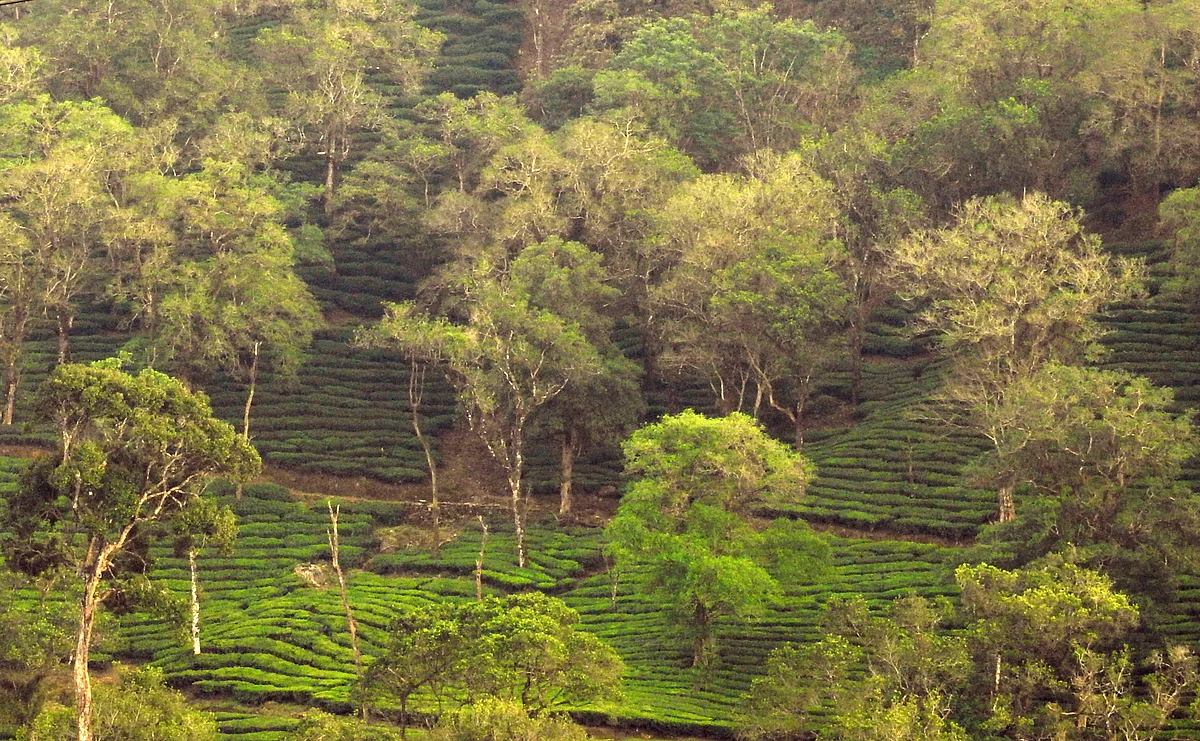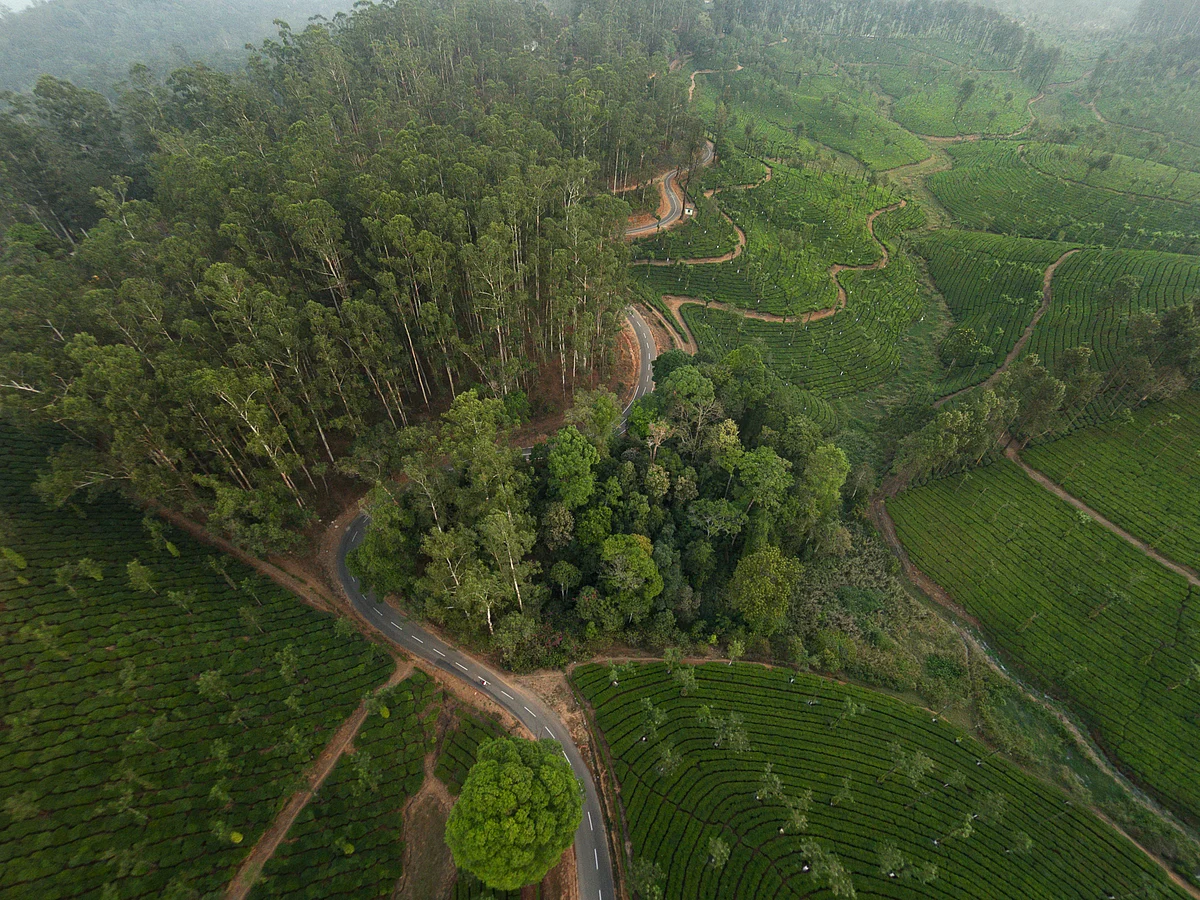Conserving wildlife in forests and plantations in the landscape
As large nature reserves occupy only a fraction of the earth’s land surface, conservation biologists are increasingly looking into the role of private lands, habitat fragments, and plantations in the surrounding landscapes for conservation.
Conservation in the countryside
Protected areas established for wildlife conservation in the Western Ghats often contain other land-uses within, around, or adjoining their borders. This includes agriculture, home gardens, plantations such as tea and coffee, timber and fuelwood plantations such as Eucalyptus and many others. Along with these land uses there are often many habitat remnants, including forests, grasslands, rocky outcrops, and swamps, besides rivers and streams. To assess the value of these surrounding landscapes for conservation one needs to better understand their role in the persistence of wild species and populations.
Since 2000, we have studied various land uses, such as tea, coffee, cardamom and other plantations in the Anamalai hills landscape, focusing on various species such as rainforest plants, spiders, birds, bats, and otters. Different groups vary in their response to land-use alteration, but there are some broad patterns.
Plantations tend to be poorer in relation to rainforest in rainforest in diversity of wild species, particularly endemic species. Plantations that retain shade of native tree species, such as rustic cardamom or shade coffee, have higher species richness and abundance of rainforest species.
More isolated plantation and fragment sites tend to support fewer rainforest and more open-forest species. To the extent that native shade or rainforest attributes are maintained or restored in plantations, they can further enhance conservation values.




